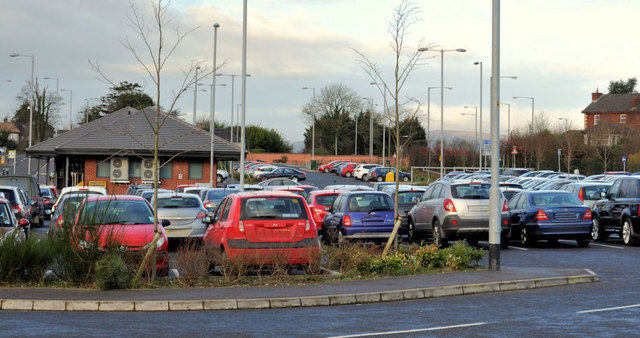A Guide to Park-and-Ride Facilities
Park-and-ride facilities are simply parking lots equipped with public transport connectivity. They are designed to transfer travelers from low-occupancy modes such as cars to high-occupancy modes like buses, trains, and carpools. Commuters park their vehicles in the parking lot and travel via a high-occupancy mode for the remainder of their journey. The vehicle is retrieved from the parking lot when the owner returns at the end of the day.

For commuters affected by congestion on roads, park-and-ride facilities appear to be a viable alternative. Even though the transit fare from park-and-rides is generally higher than the normal fare, parking is either free or very cheap. By concentrating the transit demand to a single point, traveling eventually becomes cost-effective. Most park-and-rides include amenities such as covered waiting areas, benches, vending machines, restrooms, and sometimes even car wash, as an attempt to encourage more passengers.
Benefits of Park-and-Ride Facilities
The biggest benefit of park-and-ride facilities is that they increase accessibility not only for the people using it but also for people driving on roads. Ridesharing leads to a decline in the number of single-occupancy vehicles on highways. As a result, drivers save time, fuel, and money since roads are not congested anymore. Prolonged traffic jams are also eliminated due to this, leading to reduced air pollution and consequently a healthier environment.
For people making use of park-and-ride facilities, the advantages are much more. They enjoy even more accessibility and travel for them is very cost-efficient. Additionally, if services such as free wi-fi are made available on public transport systems utilized by park-and-rides, passengers can also improve time management by working while traveling.
Also Read: How Smart Parking Reduces Traffic
In the heart of the city, the vehicle count is generally greater than in the suburbs. Therefore, the probability of finding a parking spot is very low. However, commuters making use of park-and-ride facilities no longer have to worry about this. This is yet another advantage offered. In other words, people making use of park-and-ride systems neither add to traffic congestion nor get affected by its consequences.
Best Practices for Park-and-Ride Implementation
Just like an idea loses its value if its execution is not done properly, park-and-ride facilities fail if their implementation and maintenance is anything less than perfect. Therefore, the following best practices must be adopted in order to maximize the potential of park-and-ride facilities:
- Select a location with ease of access: For obvious reasons, park-and-ride facilities are more successful when located outside the ring of congestion, and in places that provide direct access to buses, trains, etc. As a best practice, the ideal locations must be carefully identified, and the best out of these must be selected.
- Perform frequent reanalysis: The process of analyzing transit demand does not come to an end once the park-and-ride facility is constructed and implemented. Transit agencies must closely monitor the activity, every six months at the very least.
- Develop complementary strategies: In order to ensure that the park–and-ride facility evolves with time, new strategies can be implemented in conjunction with it. Bus Rapid Transit (BRT) and managed lanes are two examples of the same. Additionally, public and stakeholder support can also be gathered and channeled into educating commuters about the benefits of park-and-ride.
Park-and-ride facilities have existed in some communities for a very long time. However, their value was realized only a few years ago, when the number of vehicles on the planet reached an all-time high and a solution was desperately needed. Not only do these facilities make traveling easy, but they also save time and money. Reducing air pollution is an added benefit. Extending these facilities to as many cities as possible is the need of the hour.

